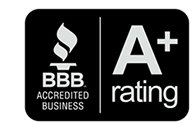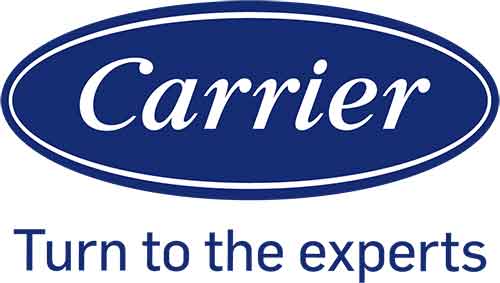Heating and cooling costs account for nearly half of residential energy consumption despite increasing efficiency standards, but a few easy changes can slash 20 percent or more off your heating and cooling bills. When we say easy, we mean an hour or two and no tools except for a box cutter, screwdriver, and caulk gun.
Tight Seals
Most heat loss in the winter comes from a lack of insulation and leaky doors and windows. The former is surprisingly affordable to fix — if you’re willing to climb up into your attic, you can rent a blow-in insulation machine from a big box home improvement store for about $50 and buy a dozen bags of blow-in material for roughly $300. If you’re not a DIY-er, you can hire a company to increase the amount of insulation in your attic. However, even homes with adequate insulation still require regular weatherization to ensure doors and windows remain airtight.
You’ll need a knife, caulk gun, and paper towels or rags. Purchase several tubes of exterior door and window caulk, interior acrylic caulk, and some rolls of weatherstripping. We recommend acrylic-based caulk because it’s easier to handle and clean up, and buying extra isn’t a bad thing because you’ll save yourself a trip to the store if you run out — you can always use any leftover supplies next year.
Caulk around each window and door both inside and out. Caulk anywhere there is a small gap or crack in the wall. If you feel any draft with your doors and windows closed, replace the existing weatherstripping. This process should take at most a single afternoon, and if you follow these steps every year, it shouldn’t take more than an hour. The difference between a leaky, well-insulated home and an airtight, well-insulated home can save $100 or more per month.
Staying Warm and Saving Money
Proper weatherization will pay for itself several times over every year, but you can save even more money by properly maintaining your system. An annual service plan is the perfect way to extend your system’s lifespan while maximizing its energy efficiency. If you’re interested in more energy saving tips, visit our blog, or call us at 850-307-5356 today.







